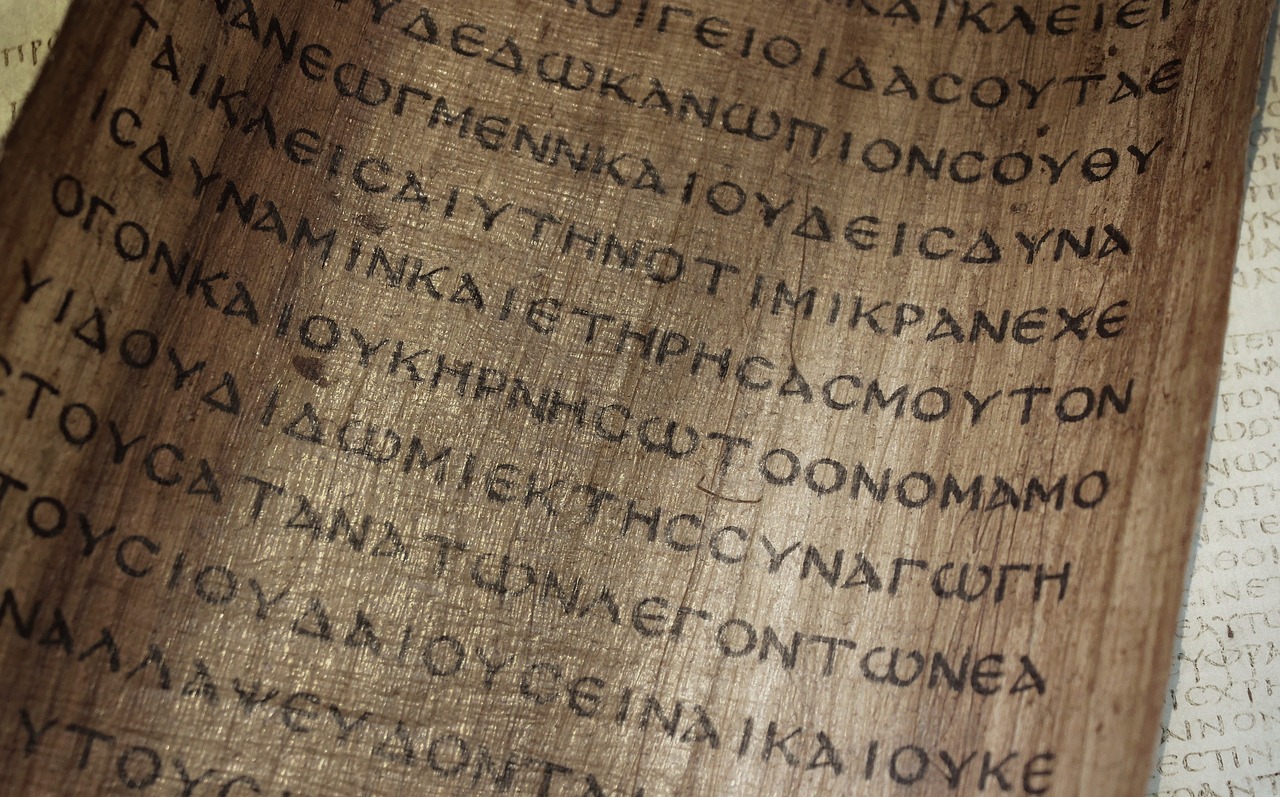Blog
“Chronology in the Gospels”
Categories: Bulletin Articles, M. W. Bassford
In our reading this week, we will encounter the story of Jesus cleansing the temple in John 2:13-17. In one way, this is a rare Johannine connection with the Synoptic Gospels. Matthew, Mark, and Luke all also record the temple-cleansing story.
However, the three Synoptics record the cleansing of the temple as having taken place during the last week of Jesus’ life. John, by contrast, places the narrative very early in his account of the ministry of Jesus. What gives?
Some have suggested that Jesus actually cleansed the temple twice: once at the beginning of His ministry and once at the end. I think this is unlikely. When Jesus drove out the moneychangers, the chief priests understood it—correctly—as a challenge to their authority. It led directly to His arrest and crucifixion. Such a dramatic gesture would not have escaped retribution early in His ministry either, and it’s at odds with Jesus’ own efforts to conceal His identity and mission until the hour has come.
Instead, the true answer is both simple and revealing. John records the same event as the Synoptics in a different place because precise chronology was less important to writers 2000 years ago than it is to us. Today, when we open a biography, we expect the biographer to take us through the life of his subject in consecutive order. If they start hopping around instead, we get confused.
However, these cultural expectations lead us astray when it comes to the gospels. All four Evangelists use a loose chronology. They put birth narratives at the beginning, the crucifixion toward the end, and the resurrection at the end. Luke, the only Gentile of the quartet, and (so far as we know) the most educated, cares more about chronology than that. In Luke 1:3, he expresses his determination to write “an orderly account” (ESV) or “in consecutive order” (NASB).
The other three writers, by contrast, are perfectly willing to move material out of chronological sequence in order to make a thematic point. Matthew collects all of Jesus’ parables of the kingdom in Matthew 13 in order to, among other things, illustrate the disciples’ growth in comprehending those parables. Mark records the story about blasphemy of the Holy Spirit much earlier than it happened, in Mark 3:22-30, as commentary on the unbelief of Jesus’ family.
Much the same thing is going on with John’s temple-cleansing account. We need to read it in parallel with the other narrative of John 2, the story of Jesus turning water into wine. John is using both as a preview of his defense of Jesus’ divinity, giving us a hint about what kind of Messiah we should expect. Jesus will be someone who transforms, but He also will be someone who confronts, cleanses, and purifies. Both themes will be prominently on display through the rest of John’s gospel.
It’s important for us to understand this for two main reasons. First, it should remind us of the dangers of reading first-century narratives through 21st-century eyes. This mistake is most obvious in the skeptics who deny the historical validity of the gospels because they don’t follow our society’s historiographic rules, but it can be a problem for believers too. When we assume that a Bible author writes something for the reasons that we would have written it, that assumption often will lead us astray.
Second, it should open our eyes to the intricacy of the gospels. Many Christians think of them as “books of stories about Jesus”, and they are that, but they are also much more than that. As Jesus did with the parables, the gospel writers are telling particular stories and arranging them in a particular order to convey spiritual truths to those with ears to hear.
Matthew, Mark, Luke, and John aren’t going to spoon-feed us like Paul does. They’re going to give us a starting point for reflection and expect us to figure it out. Figuring it out isn’t easy, but the more we look, the better we will understand, and the more we will grow.





